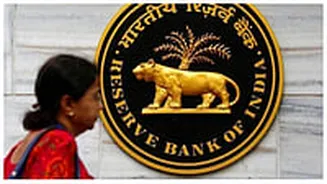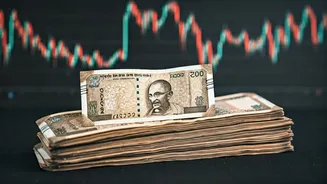Foreign Investment Surge
In October, the Indian bond market experienced a substantial influx of foreign investment. Specifically, Foreign Portfolio Investors (FPIs) injected a considerable
sum, totaling Rs 12,206 crore into Indian bonds during this period. This surge in investment can be attributed to a couple of key factors. Firstly, the relatively stable value of the rupee against other currencies made Indian bonds an attractive option for foreign investors. Secondly, anticipation of potential rate cuts by the US Federal Reserve (Fed) further fueled the interest in these bonds, as investors sought higher returns in a potentially lower-rate environment. This influx reflects positive sentiment towards the Indian economy and its debt instruments.
RBI's Bond Auction Impact
The Reserve Bank of India (RBI) played a pivotal role in the bond market dynamics. The RBI made a significant decision to cancel a bond auction, which was initially valued at Rs 11,000 crore. This move had a direct impact on the 10-year bond yield, causing it to ease by 7 basis points, ultimately settling at 6.53%. By reducing the supply of bonds, the RBI's action contributed to increased demand, thereby influencing the yield. This situation showcases the influence of the RBI's policies on market behavior and the overall health of the bond market. The RBI's interventions often have ripple effects, affecting investor confidence and the cost of borrowing for the government.
Market Rebound & Trends
The Indian bond market experienced a rebound, particularly due to the RBI's decision to lower the auction supply. This shift in supply dynamics prompted positive movement. In the international arena, Japan's bond market mirrored some of the trends, seeing an increase after a dovish stance from the Bank of Japan, which stimulated demand in its two-year auction. These trends indicate the interconnectedness of global bond markets and how policies of major central banks can impact investor behavior. Moreover, the bond yields in the Euro area were on track for their second consecutive weekly rise, influenced by decisions of the Fed and the European Central Bank (ECB).















